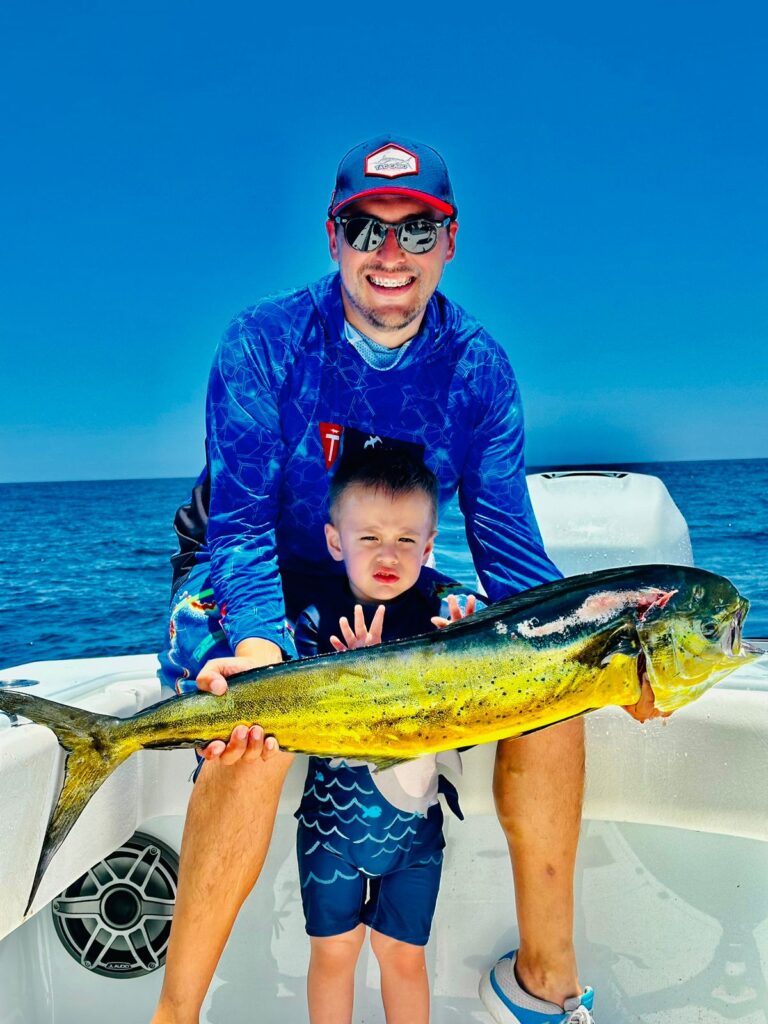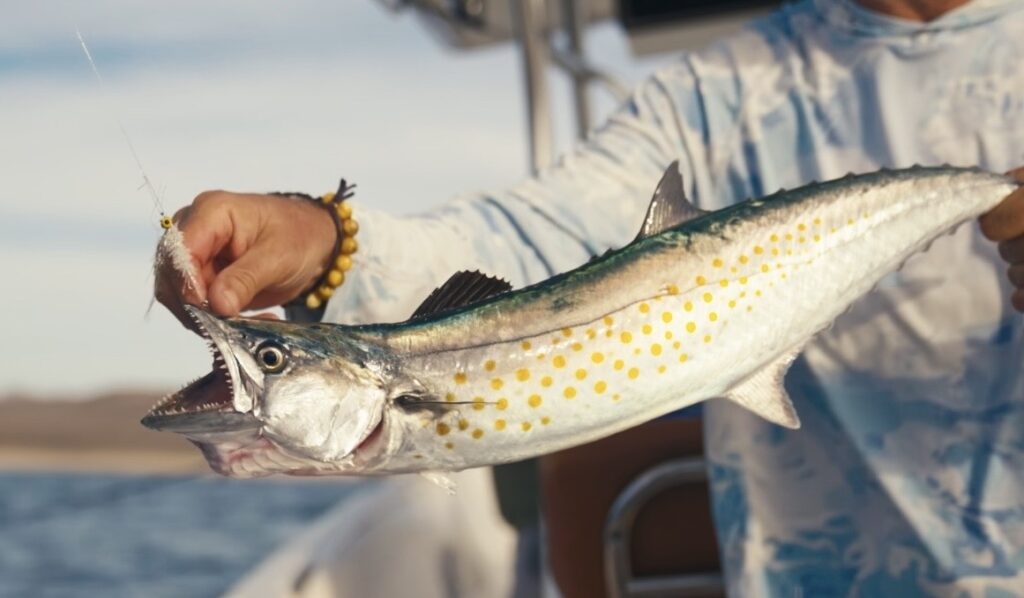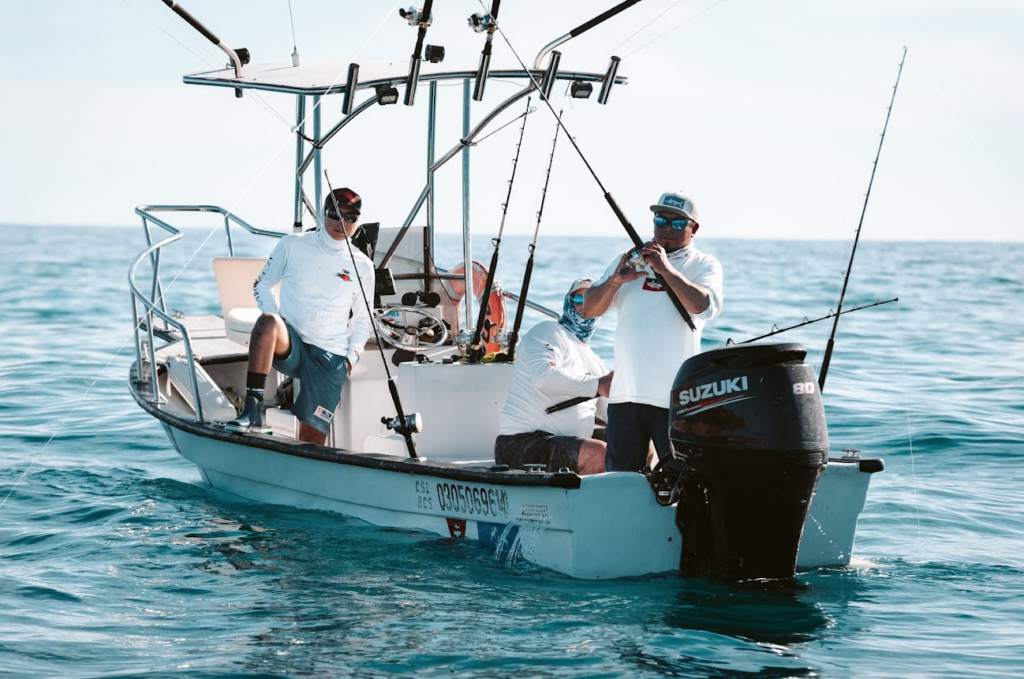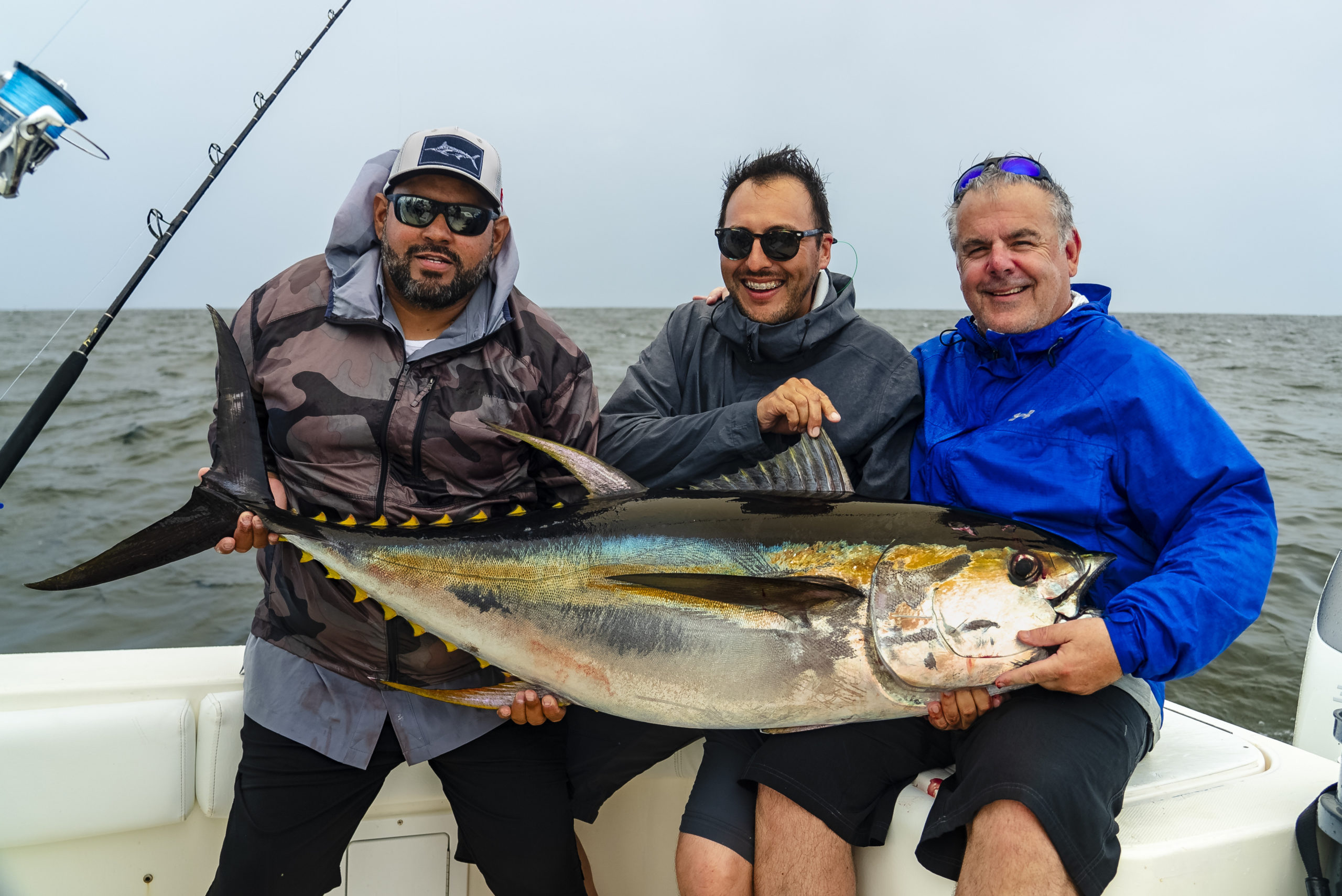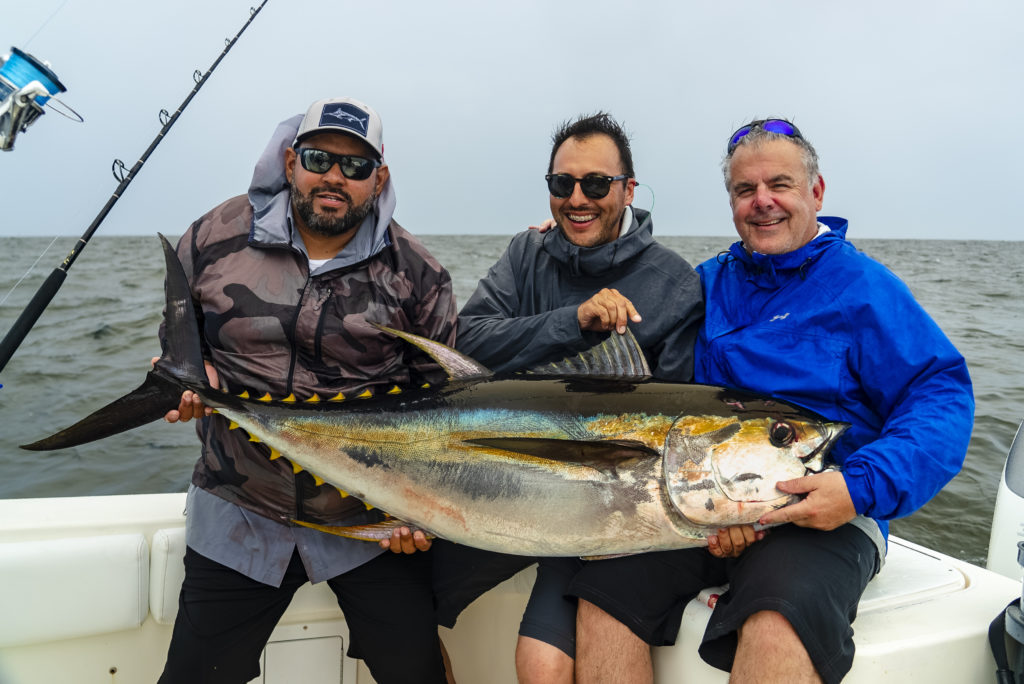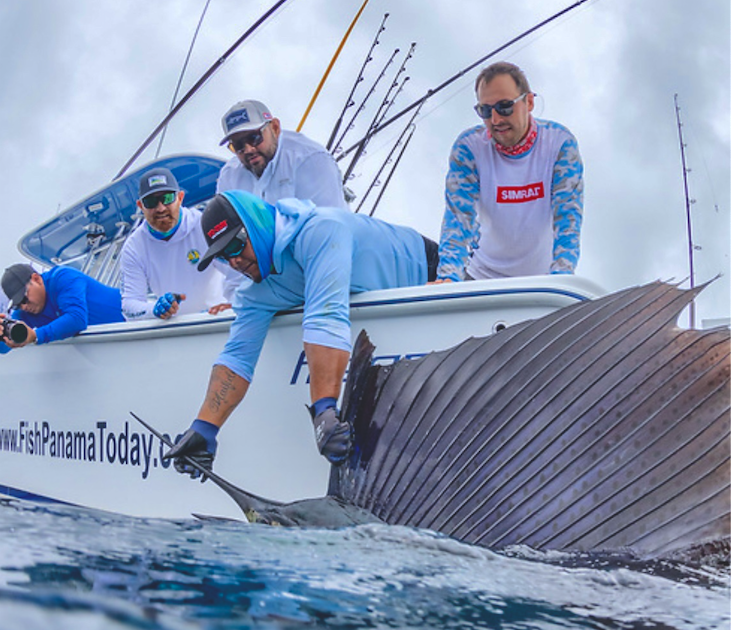Unleash Your Inner Angler: Top Jigging Hotspots to Conquer in 2025 🎣
Jigging fishing: it’s not just dangling a lure, it’s a full-body workout with a saltwater trophy at the end. This high-energy style demands skill, but the rewards are massive. Ready to test your mettle against monster fish? These jigging hotspots are calling your name!
1. Cabo San Lucas, Mexico: Jigging in Paradise 🇲🇽
Cabo San Lucas isn’t just tequila shots and spring break. Beneath the party vibes lies a jigging haven. The Sea of Cortez teems with hard-fighting game fish, and with its dramatic scenery, it’s an angler’s dream come true.
Why Cabo Rocks for Jigging:
- Species Diversity: Yellowfin tuna, amberjack, grouper, snapper… you name it, Cabo’s got it! This biodiversity keeps the action exciting.
- Year-Round Fishing: Cabo’s fishing season is practically endless, making it a prime destination no matter when you’re itching to jig.
- Accessibility: Countless charters cater to jigging fanatics, with experienced crews who know the hotspots like the back of their hand.
- Top Tip: For a jigging trip that’s off the hook (pun intended!), hook up with US Tag Cabo Sportfishing. These guys live and breathe jigging, with top-notch gear and a passion for putting you on the fish.
- Don’t Miss:
- Jigging for Yellowfin Tuna in the Fall: Witness the tuna frenzy as these powerful fish chase baitfish, creating a jigging bonanza.
- Targeting Grouper near Underwater Structures: Drop your jig around reefs and wrecks for a chance to hook into these behemoths.
- Exploring the Gordo Banks: This legendary fishing ground is a short boat ride from Cabo and offers incredible jigging opportunities.
2. The Andaman Islands, India: Where Giants Dwell 🇮🇳
Tucked away in the Bay of Bengal, the Andaman Islands are a jigging frontier. Crystal-clear waters hide giants like giant trevally (GT), dogtooth tuna, and even marlin. If you’re after a true test of strength, this is it.
Why the Andamans are a Jigging Jewel:
- Pristine Waters: Limited fishing pressure means healthy fish populations and a pristine environment.
- Big Game Paradise: GTs here are legendary for their size and power. Be prepared for an epic battle!
- Off-the-Beaten-Path Adventure: Combine your jigging trip with exploring the islands’ lush rainforests and stunning beaches.
Recommended Guides:
- Andaman Angler: These guys specialize in GT jigging and know the waters intimately.
- Sportquest Holidays: Offers custom-built boats and experienced guides for a comfortable and productive trip.
Jigging Tactics for the Andamans:
- Heavy Duty Gear: Pack your strongest rods and reels, as you’ll be tackling some serious heavyweights.
- Deep Water Jigging: Many of the prized fish here lurk in deeper waters, so be prepared to drop your jigs down.
- Live Bait: Supplement your jigging with live bait to increase your chances of enticing a bite.

3. Southern Japan: Jigging with the Masters 🇯🇵
Japan is a jigging mecca, and the southern islands are where the action’s at. Think amberjack, yellowtail, and a host of bottom dwellers, all ready to test your jigging prowess.
Why Southern Japan is a Must-Visit:
- Jigging Culture: Immerse yourself in the rich angling traditions of Japan and learn from the masters.
- Unique Species: Encounter fish you won’t find anywhere else, adding a unique dimension to your jigging experience.
- Culinary Delights: After a day on the water, indulge in the freshest sushi and seafood you’ve ever tasted.
Expert Guidance:
- Tsurusaki San: This legendary angler and his team offer unparalleled expertise and access to prime fishing grounds.
- OceanGate: Provides high-quality charters with experienced captains who know the local waters like the back of their hand.
Jigging Tips for Japan:
Respectful Angling: Observe local customs and fishing etiquette to ensure a positive experience.
Light Tackle Approach: While heavy jigs are sometimes needed, finesse techniques often prevail in these waters.
Vertical Jigging: Focus on vertical jigging techniques to entice the bottom-dwelling species.

4. Northwestern Australia: The Wild West of Jigging 🇦🇺
Northwestern Australia is where the outback meets the ocean, creating a rugged and wild jigging playground. Brace yourself for strong currents, deep waters, and powerful fish like giant trevally, Spanish mackerel, and coral trout.
Why Northwestern Australia is an Adventure:
- Untamed Beauty: Experience the raw beauty of the Australian coastline while battling impressive game fish.
- Challenging Conditions: Test your skills against strong currents and powerful fish, making for an adrenaline-pumping experience.
- Beyond Fishing: Combine your jigging trip with diving, exploring the outback, and encountering unique wildlife.
Top Charter Recommendations:
- Cobourg Fishing Safaris: Based in the Northern Territory, they offer expert guidance for targeting giant trevally and other pelagic species.
- Peak Sportfishing Adventures: Operating out of Exmouth, they specialize in jigging for a variety of fish, including tuna and mackerel.
Gear Up for the Challenge:
- Heavy-Duty Tackle: Strong rods and reels are essential for handling the powerful fish and strong currents.
- Wire Leaders: Protect your line from sharp teeth with wire leaders, especially when targeting mackerel and sharks.
- Sun Protection: The Australian sun is intense, so pack sunscreen, a hat, and polarized sunglasses.

5. The Azores, Portugal: Jigging in the Atlantic’s Embrace 🇵🇹
Rising from the depths of the Atlantic, the Azores offer a unique jigging experience. These volcanic islands are surrounded by deep waters teeming with tuna, amberjack, and even sharks.
Why the Azores are an Angler’s Paradise:
- Deep-Sea Encounters: Explore the depths of the Atlantic and target large pelagic species that will put your skills to the test.
- Volcanic Landscape: Enjoy the dramatic scenery of the Azores, both above and below the water.
- European Flair: Combine your jigging adventure with exploring the charming towns and villages of the Azores.
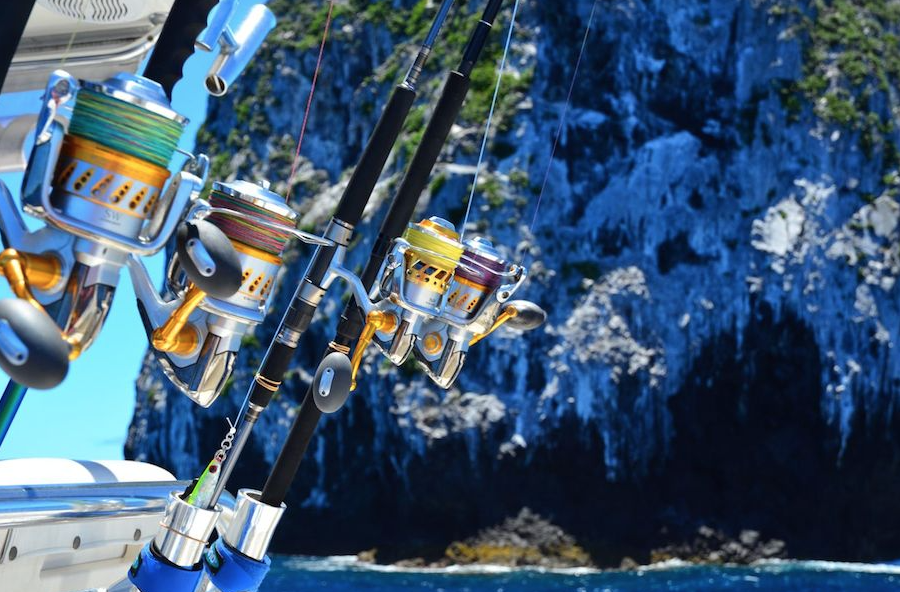
Charter Your Adventure:
- Ratinho Sport Fishing & Tours: A well-respected charter company offering jigging trips throughout the Azores.
- Azores Fishing Charter: Provides experienced guides and modern boats for comfortable and productive jigging excursions.
Azores Jigging Essentials:
- Versatile Jigs: Pack a variety of jigs in different sizes and colors to attract different species.
- Motion is Key: Experiment with different jigging techniques to find what works best on any given day.
- Respect the Environment: Practice sustainable fishing and follow local regulations to protect the Azores’ pristine ecosystem.
Ready to embark on your jigging adventure? Remember to research local regulations, book your charter in advance, and most importantly, have an unforgettable time battling these incredible fish!


